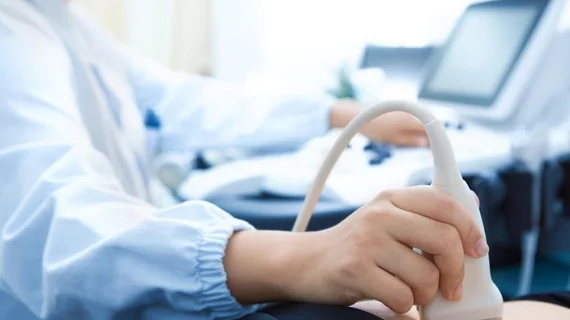In lieu of expert sonographers, research published Dec. 1 in The Lancet makes an argument for the value of an automated deep learning-based workflow for interpreting echocardiograms.
Echocardiograms are standard in diagnosing and monitoring heart failure but reviewing these scans requires specific expertise, which can limit patient access. AI has emerged as a possible solution to ease radiology departments’ massive workloads, and this new multi-cohort study indicates that it could be applied to echocardiography as well.
“Fully automated workflow to assess systolic and diastolic function parameters is a crucial unmet need,” Jasper Tromp, MD, with the National Heart Center in Singapore, and co-authors wrote.
A heart failure research platform was accessed to obtain a training dataset of 1,145 echocardiograms. An internal test set of 406 was used to develop the fully automated deep learning-based workflow.
This workflow was compared against manual measurements taken using multiple other datasets (curated, real-world, etc.). The team then assessed classification, segmentation, and annotation of two-dimensional (2D) videos and doppler modalities in echocardiograms
The automated workflow classified 2D videos and Doppler modalities with accuracies ranging from 0.91-0.99. As a whole, fewer variances were seen with the automated workflow compared to manual measurements.
“These results highlight the potential of deep learning algorithms to help interpret echocardiograms,” the experts explained. “Ultimately, the use of automated workflows can democratize access and use of echocardiography in resource-limited settings.”
The authors went on to explain that this could augment how these labor-intensive and tedious tasks are completed.
“Our results are an important step forward and highlight the possibility of deep learning to provide a fully automated solution for interpreting echocardiograms,” the authors noted.
You can read the detailed study in The Lancet.

